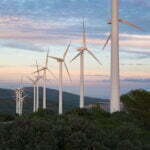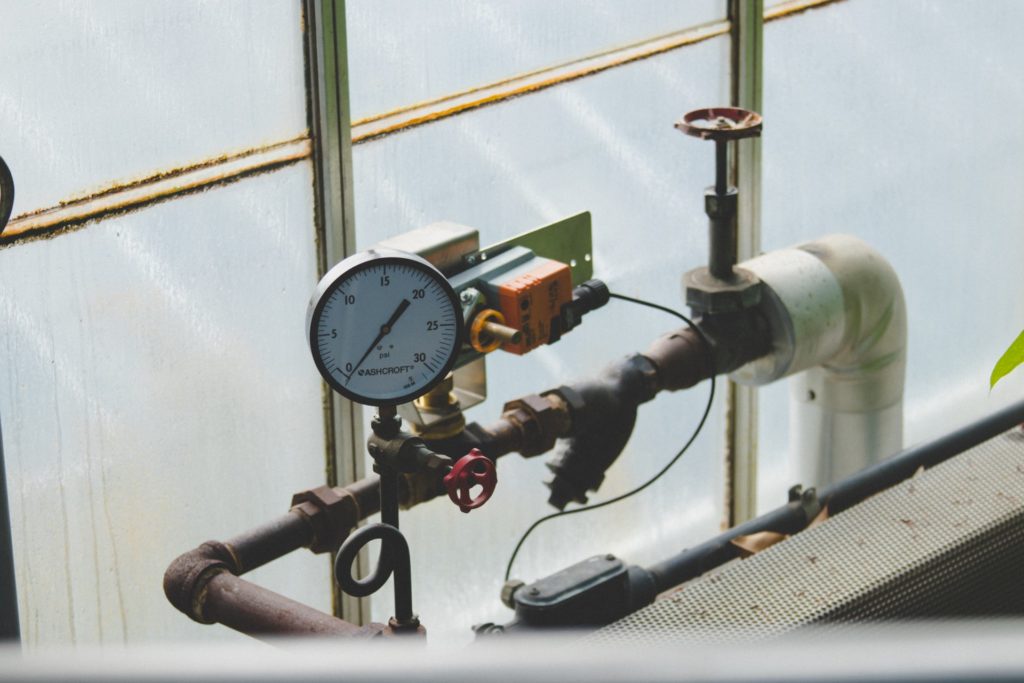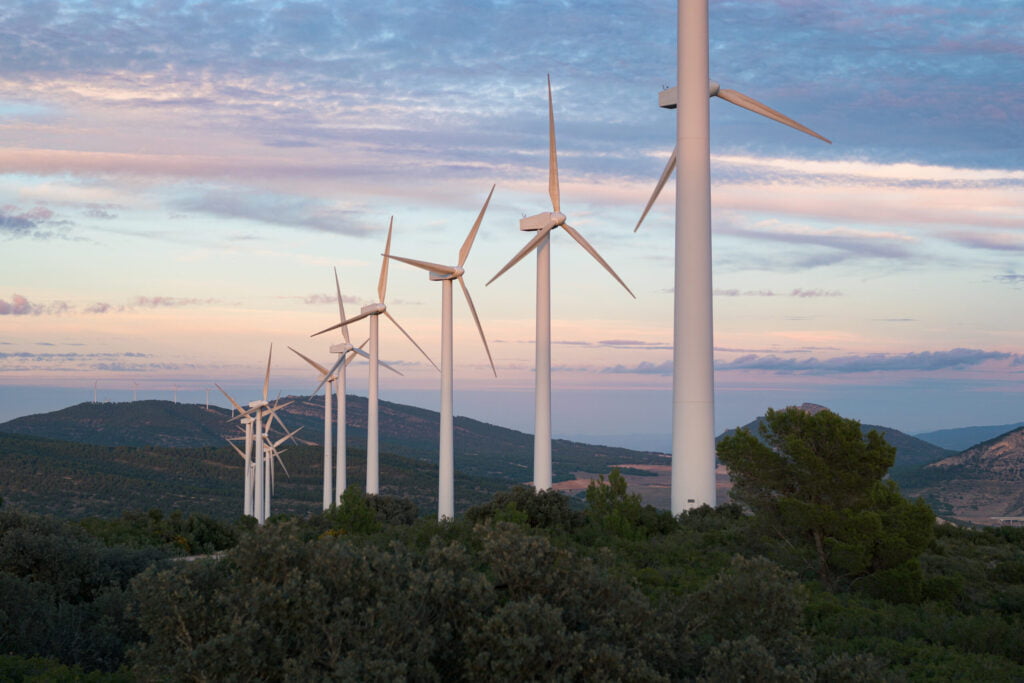Though the world continues to search for substantial renewable energy sources to take over from fossil fuels, there is still a need (and use) for generators that run on petrol, diesel, or gas. Usually, these are for backup plans––in case there is a power outage or a lack of a power source in a situation that is dependent on constant electricity. Hospitals tend to be the biggest example of buildings that use generators most frequently, ensuring that––should a power surge take away the main electrical supply powering life support systems and assisting in delicate procedures––there is no loss of overall electricity.
In instances where the main power source fails, a backup generator is only intended to be used for an interim amount of time until the main power is restored. As such, they are traditionally noisy, large, and require a lot of fuel. However, that is not always the case, and containerised generators are looking to solve many of the problems that tend to put people off traditional types.
Containerised Generators
What are Containerised Diesel Generators, and what makes them different from other generators? Quite simply, their name describes them most accurately. They are diesel generators that are housed within a transportable container, for use as either a secondary backup power supply or as a primary power supply, if there is no access to main electricity. They have proven to be useful in larger rural areas, such as the Australian outback, where local communities often struggle to receive a constant power supply. With Covid-19 halting so much work for expanding the national grid, rural-based contractors for construction activities may find more use in bringing their own generator within a container.
Compared to more traditional types, containerised diesel generators have the benefit of being quieter, as the container uses soundproofing curtains to keep the noise levels down. They also are more durable because of the containing unit acting as protection against the elements, and although diesel is more expensive than natural gas, the operating costs tend to be a lot lower. As rental generators, they are also cheaper to hire instead of buying, meaning that short-term contractors are more likely to be using them than their own.
Why Diesel?
Though in an ideal world it would be better to use a more environmentally friendly resource, the technology simply doesn’t yet allow for the batteries to be powered by any other fuel than that of natural resources. However, since the fuel source cannot be replaced, concessions can be made in how much is used. It’s generally accepted that diesel is good value for money, as it goes further––that is, it is used up over a longer period of time and is thus more energy efficient.
Practical Uses
Generator sets can make a real difference to several industries alongside construction in rural areas and as backup power supplies for hospitals. Though the coal mining industry has largely been rendered obsolete, there are still plenty of open cast mines that are located around the world. In addition, other minerals and metals are often mined in places such as Northwestern Turkey. Gold mining, as performed by Alamos Gold, Turkey, can make use of contained generators, as the containers protect the fuel tanks from the harsh elements whilst also being easier to transport to new locations.
Diesel generators have some use on ships too. In many ways, the diesel engine often supplies power to the whole ship whilst it is running. However, having a few contained generators is invaluable as the engine is only a semi-reliable power source, and considerations must be made as to what to do if there is a mechanical failure.













